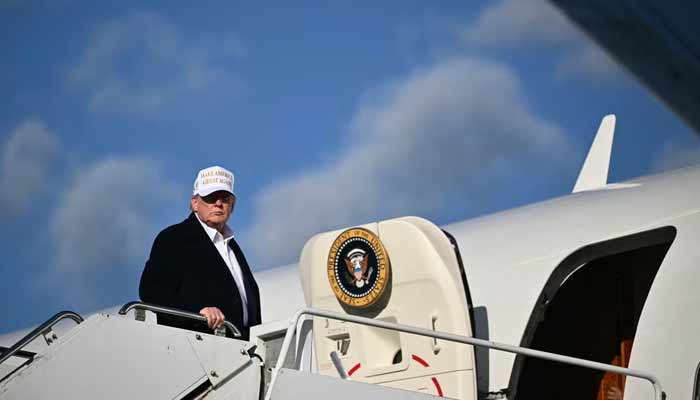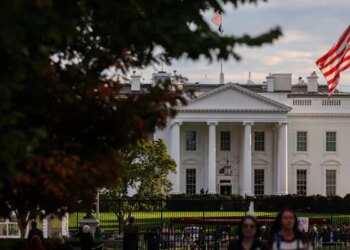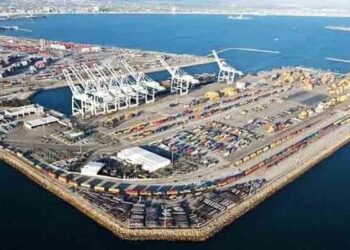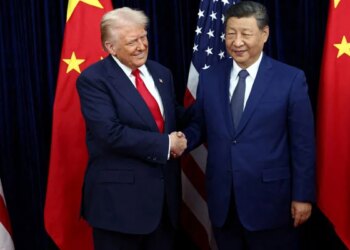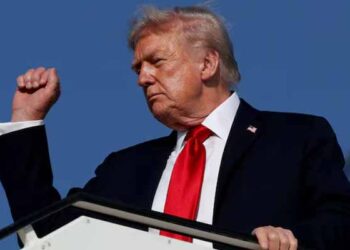Select Language:
Donald Trump, the President of the United States, is embarking on a five-day journey across Asia, visiting Malaysia, Japan, and South Korea. This marks his first extensive trip to the region since assuming office in January, and it is his longest international voyage to date.
The main objectives include securing trade agreements, critical minerals deals, and ceasefire arrangements, with a significant focus on a scheduled face-to-face with Chinese President Xi Jinping in South Korea on Thursday. Trump aims to build on his second-term foreign policy accomplishments, like the fragile ceasefire he helped broker in the Israel-Gaza conflict, amid ongoing conflicts in Ukraine and rising tensions in U.S.-China trade relations. Both countries have increased tariffs and threatened restrictions on vital minerals and technological exports.
The White House officially announced the trip on Thursday, but specifics remain uncertain—particularly regarding the potential meeting between Trump and Xi. Insiders suggest that no breakthrough is expected to restore pre-inauguration trade terms but rather to manage disagreements and seek modest improvements. Possible outcomes include limited tariff relief, extending current rates, or China agreeing to purchase U.S. soybeans and Boeing aircraft—a promise China previously failed to fulfill in a 2020 deal.
Additionally, the U.S. might relax restrictions on high-end computer chips sent to China or ease controls on rare earth magnets, which have been points of contention. Alternatively, no agreement may emerge from these talks.
On Wednesday, U.S. Treasury Secretary Scott Bessent mentioned the Trump-Xi interaction would be informal, describing it as a “pull-aside,” with Trump later stating they would have “a pretty long meeting” to address mutual concerns and opportunities. China has yet to confirm any such meeting.
During the trip, Trump is scheduled to participate in the ASEAN summit in Kuala Lumpur, where he might oversee the signing of a ceasefire between Thailand and Cambodia, ending years of conflict from July. He will then go to Japan to meet with Prime Minister Sanae Takaichi, who is expected to reaffirm military spending plans and a $550 billion investment initiative directed by Trump.
In Busan, South Korea, Trump plans to meet with Xi before attending an international trade summit. He is slated to return to Washington beforehand, ahead of the Asia-Pacific Economic Cooperation (APEC) forum. Trump has threatened to raise tariffs on Chinese goods to around 155% starting November 1 if no deal is reached, which could provoke a reaction from Beijing and end the current truce on tariff hikes.
Beyond trade issues, key topics include Taiwan—a longstanding U.S.-China point of friction—and Russia, which faces expanded U.S. sanctions over its Ukraine conflict. U.S. officials clarify that discussions will primarily focus on trade, export controls, and China’s purchase of Russian energy, with Trump prepared to reiterate earlier positions if other issues arise.
Before leaving the White House, Trump indicated he expects the Taiwan issue to come up with Xi and mentioned plans to request the release of Jimmy Lai, founder of the pro-democracy newspaper Apple Daily, who is imprisoned under China’s national security laws.
It remains uncertain whether Trump will resume trade negotiations with Canadian Prime Minister Mark Carney, who is also in Asia. Although they might meet at a dinner with other leaders on Wednesday, Trump expressed satisfaction with the current trade deal and did not plan to meet with Carney.
Trump is also working to finalize trade agreements with Malaysia and India, supporting a deal with South Korea that has faced tensions over investment and foreign worker deportations. Additionally, U.S. officials have discussed potential peace efforts with North Korea, but no meetings with Kim Jong Un are scheduled at this time, and Trump described North Korea’s communication channels as limited, indicating openness to dialogue but acknowledging challenges.
Overall, this trip is a key opportunity for Trump to demonstrate his diplomacy, attempt to manage ongoing conflicts, and navigate complex international relationships in the Asia-Pacific region.

